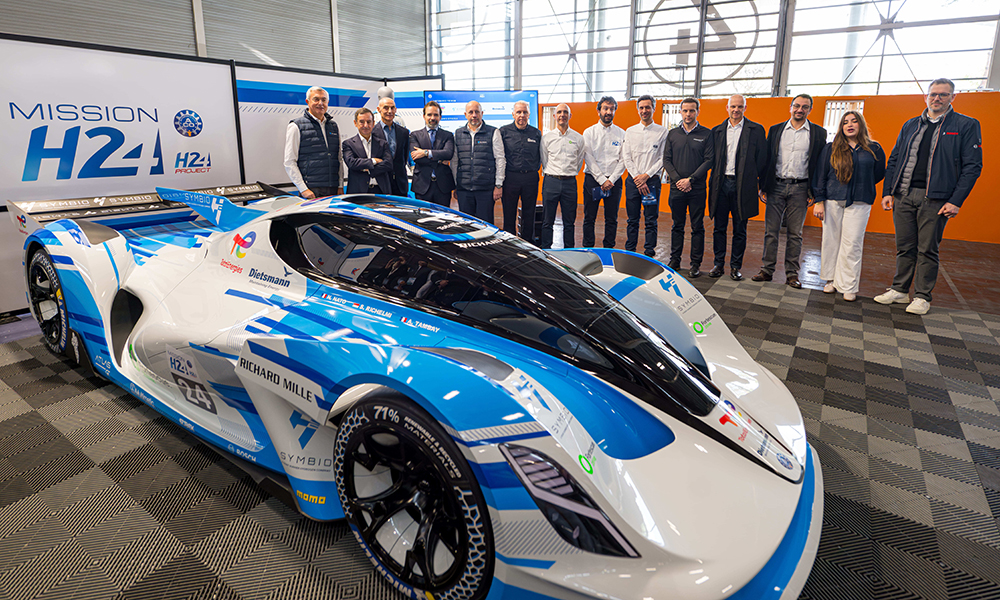MissionH24 Evolution: Switching to Liquid Hydrogen for Racing Success
Key Ideas
- The MissionH24 initiative's H24EVO prototype is transitioning from gaseous to liquid hydrogen storage, allowing for increased hydrogen capacity and extended cruising range.
- The use of liquid hydrogen requires cooling to -253 degrees C, with the prototype aiming for a top speed of 340 km/h to compete with top GT3 cars.
- The project aims to achieve zero CO2 emissions in motor racing by engaging in competition with liquid hydrogen, setting a timeline for development and testing until 2026.
- The H24EVO prototype will undergo bench testing with a 650kW electric motor before its real-life assembly in February 2026, followed by a track test in April 2026.
The Automobile Club de l’Ouest (ACO) announced the transition of its MissionH24 initiative's H24EVO prototype from gaseous to liquid hydrogen storage. The switch to liquid hydrogen will significantly enhance the prototype's capabilities, allowing for a higher storage capacity of hydrogen and an increased cruising range. This change will also enable the car to compete with the best GT3 cars, with a planned top speed of 340 km/h. The project, aimed at achieving zero CO2 emissions in motor racing, marks a crucial new phase in hydrogen technology development. A revised timeline for the H24EVO's development includes bench testing with a 650kW electric motor starting in October, followed by the assembly of the first real-life example in February 2026. The prototype is scheduled for its first track test in April 2026. The H24EVO's use of liquid hydrogen distinguishes it from Toyota's hydrogen internal combustion technology in Japan's Super Taikyu series, showcasing a proactive approach towards sustainable racing solutions.
